Overview. As C19 related deaths continue to increase in Pakistan, PM Khan welcomed debt relief measures by G-20 countries, the IMF and the World Bank. Under pressure from clergy and the faithful, the government has allowed a slight relaxation of lockdown measures for Ramadan.
C19 Response. Pakistan’s initial response to the pandemic was firstly, much like its neighbour India, late, and secondly, insufficiently decisive. Eventually the military stepped in and implemented lockdown unilaterally – something that could happen in few other states around the world, and demonstrates the power (and impunity) that the military still has in the country. This, and the subsequent public discussion over the need for a lockdown has damaged PM Khan, and his relationship with the military – previously a significant strength of his.
Civil-Military Relations. Subsequently though, PM Khan made several telling changes in his cabinet. Dr Firdous Ashiq Awan (PM’s Special Assistant on Information and Broadcasting) was removed from her post and Lt Gen (R) Asim Saleem Bajwa was appointed in her place. The retired general, who had earlier served as the head of military’s media wing, is also the chairman of China-Pakistan Economic Corridor (CPEC) authority. PTI Senator Shibli Faraz has been appointed Federal Minister for Information. On 23 April, after a call with US President Trump, where they discussed strengthening US-Pakistani cooperation, PM Khan visited the Directorate General Inter-Services Intelligence along with the COAS for a briefing on the impact of C19 on Pakistan’s internal and external security issues. We see PM Khan’s relationship with the military being carefully repaired.
Religion & Politics. That lockdown restrictions have been relaxed for Ramadan is largely a reflection that numerous religious leaders, and legions of the faithful, have failed or refused to comply and have largely ignored social distancing rules when worshipping at mosques. Some twenty rules have been set for Ramadan, but we do not expect that they will have an impact on the acceleration of the virus’ spread that will now surely occur.
IMF. In a victory for Khan the IMF has agreed a year’s relief to Pakistan, potentially paving the way for debt rescheduling, which would allow the country to increase domestic spending. Pakistan’s total debt and liabilities, at the end of December last year, stood at about Rs41 trillion, which is almost 94% of the country’s GDP (although other sources put it closer to 79%). In addition, on 16 April the IMF Executive Board approved a USD1.39Bn disbursement to Pakistan under the Rapid Financing Instrument.
Relief Fund. Internally the PM established a Coronavirus Relief Fund and appealed to the Pakistani people to donate to help the government fight the pandemic and food and relief to those most impacted.
FATF. The FATF’s plenary meeting and scheduled follow up meetings have been postponed due to C19 – this gives Pakistan another four months to implement the action plan.
Remittances. As mentioned in our Bangladesh report C19 is having an adverse effect on remittances being sent home by South Asian blue-collar workers in the Middle East.
GDP. The above remittances reduction, IMF’s 2019 bailout-linked austerity conditions, and C19s weakening effect on already shaky exports, will possibly drive GDP beneath 2% for 2020, even despite lower oil prices for a country that imports the majority of its energy.
Internal. Due to C19, and the appeal of the UNSC there has been a decrease in violence in border areas, but a surge of terrorist attacks in the tribal regions close to Afghan border. We are concerned that, as with many other countries, the heavy involvement of the security forces in policing the lockdown means that they will not be able to maintain pressure on militant groups and this will manifest in increased terrorist activity across Pakistan.
External. Of particular concern is the similar stretching of India’s security forces. Tensions between Pakistan and India remain high – exchanges of mortar and artillery fire across the Line of Control in Q1 were circa 30% higher than exchanges during Q1 2019 (1,144 in 2020 vs 819 in 2019). Easing of pressure on militant groups in Indian Administered/ Occupied Kashmir could well allow them to conduct an attack similar to the 2019 Pulwama bombing, or worse a spectacular in wider India. This would dramatically heighten tensions with Pakistan to a dangerous level.
As we mention in our special report, leaders are faced with choosing either damage to economies or damage to human life – Pakistan, already staggering from economic wounds prior to C19, and with a lockdown that is inconsistent and not comprehensive coupled with a creaking healthcare system, is set to sustain damage on both fronts. PM Khan does not have a choice as other leaders might. Again, as we mention in our special, few leaders will emerge unscathed from this crisis, and some will be deeply scarred. PM Khan’s great potential for soothing Pakistan’s woes in the longer term was always in jeopardy, partly due to the depth of the challenges he faced and partly due to the fractiousness of Pakistani politics, but unfortunately it seems that the impacts of C19 will, like many other leaders, be inescapably linked to him going forward.
